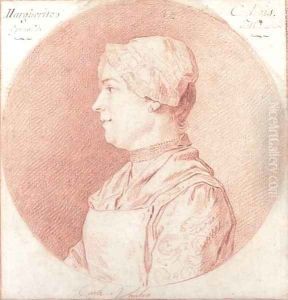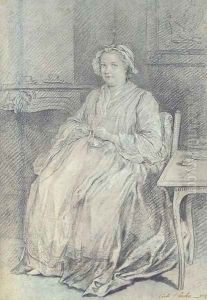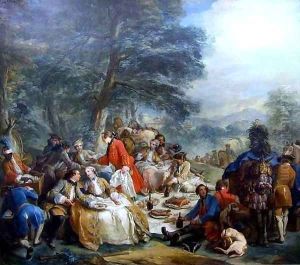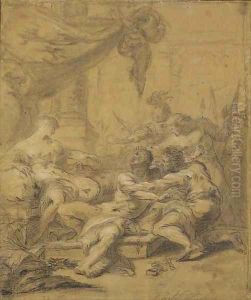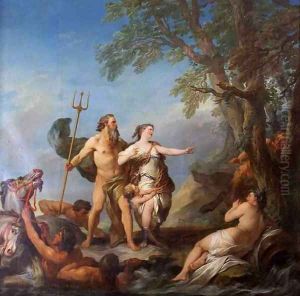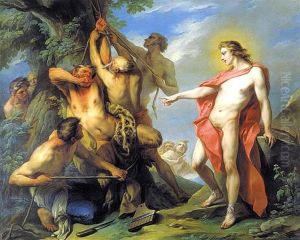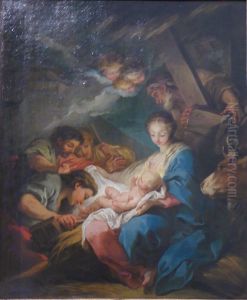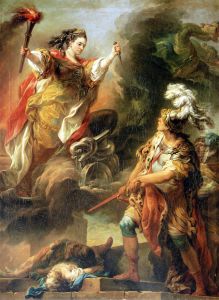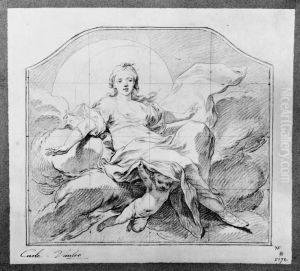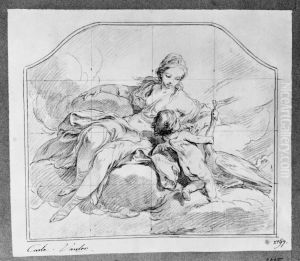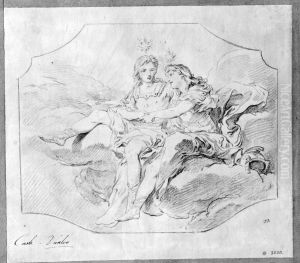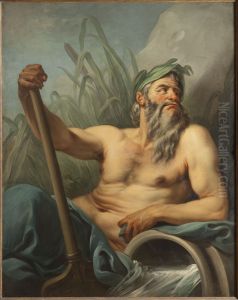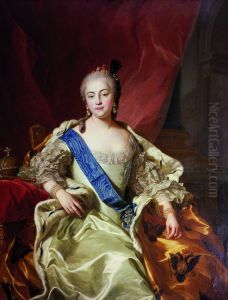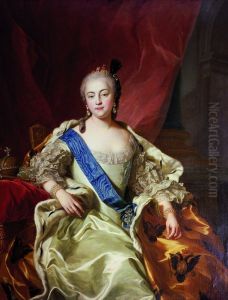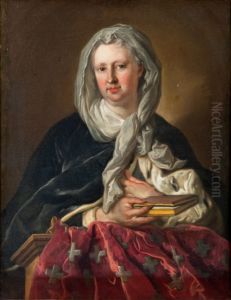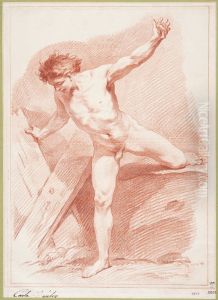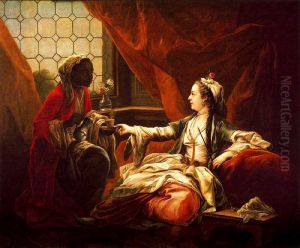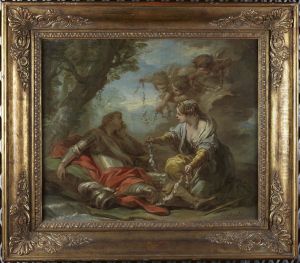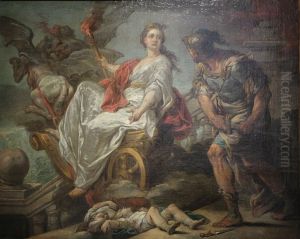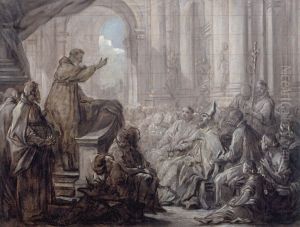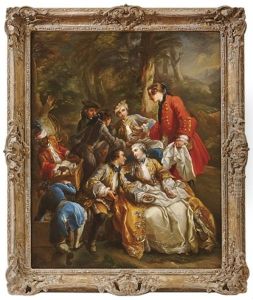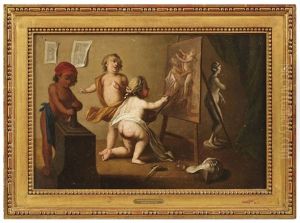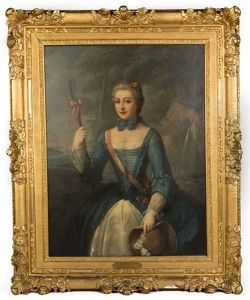Charles-Andre van Loo Paintings
Charles-André van Loo, commonly known as Carle Vanloo, was a distinguished French painter of the 18th century, born on February 15, 1705, in Nice, then part of the Duchy of Savoy. Coming from a family of artists, his journey into the world of art was almost predestined. His brother, Jean-Baptiste van Loo, was also a well-known painter, under whom Charles-André initially trained before moving to Rome to further his studies. In Rome, he won the prestigious Prix de Rome in 1724, which allowed him to study at the French Academy in Rome, a pivotal moment that greatly influenced his artistic development.
Van Loo's style evolved throughout his career, initially drawing heavily from the classical and baroque traditions, he later embraced the emerging rococo style, characterized by its lightness, grace, and use of delicate colors. His versatility across different genres, including history painting, portraits, and allegorical scenes, made him one of the most sought-after artists of his time. He became a favorite painter at the French court, receiving commissions from Louis XV and other high-ranking nobles, which solidified his reputation and influence.
In 1762, Van Loo was appointed as the First Painter to King Louis XV, a significant acknowledgment of his prominence in the French artistic landscape. His works during this period reflect the opulence and sophistication of the French aristocracy, yet they never lost the classical restraint that defined his early career. Despite his success, Carle Vanloo remained committed to education, taking on numerous students and playing an active role in the Académie Royale de Peinture et de Sculpture, where he served as a professor and eventually as its director.
Carle Vanloo's legacy is marked by his contribution to the development of the rococo style and his influence on the next generation of artists. His mastery in handling different subjects and his ability to adapt to the changing tastes of his time make him a pivotal figure in the history of French art. He passed away on July 15, 1765, in Paris, leaving behind a rich body of work that continues to be celebrated for its elegance and artistic merit.

